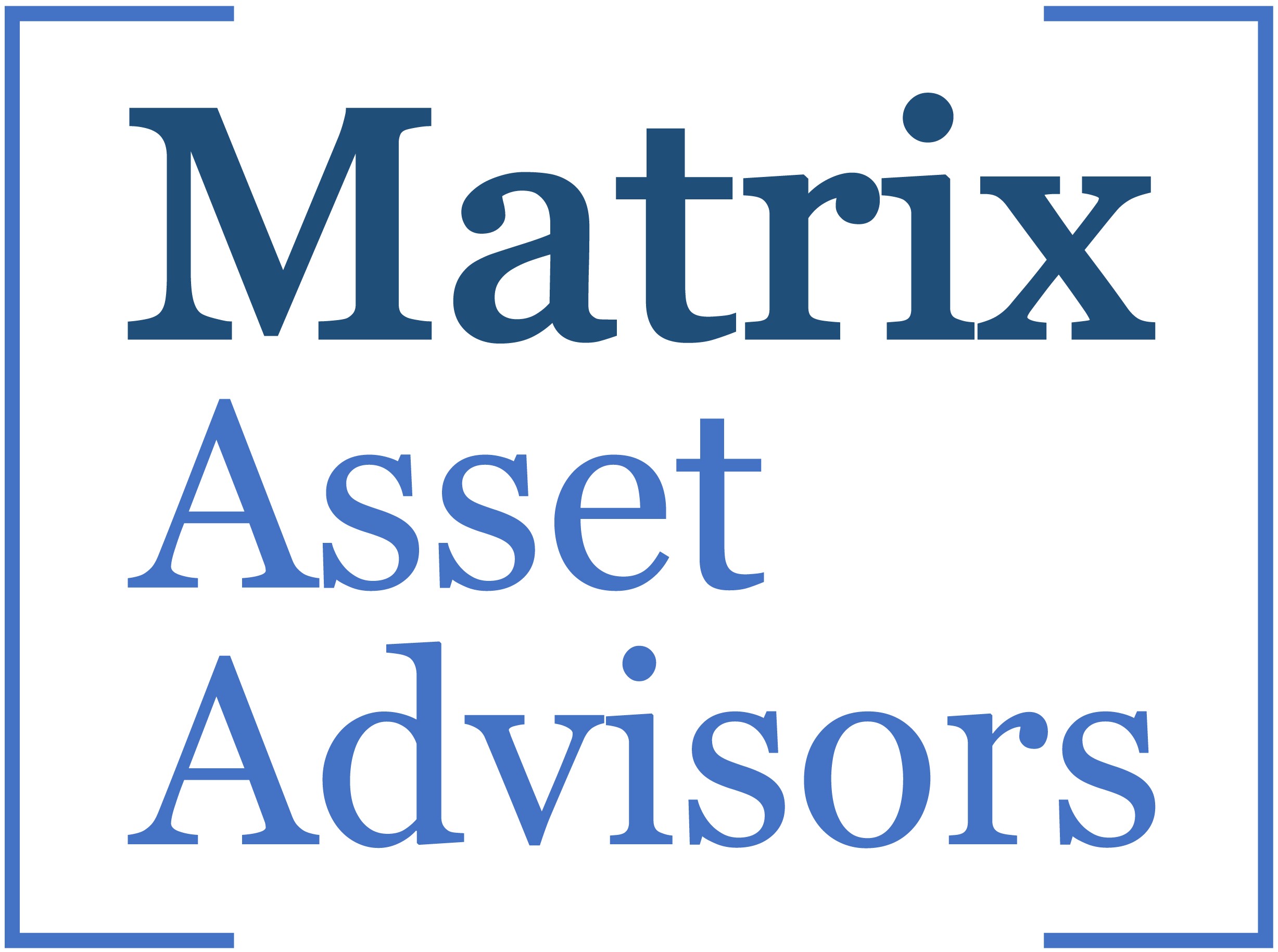Latest News
Get In Touch Today
Address: 10 Bank Street, White Plains, New York 10606
Email: Matrix@MatrixAssetAdvisors.com
Phone: 212-486-2004
Investors should consider the investment objectives, risks, charges and expenses carefully before investing. For a Prospectus or Summary Prospectus with this and other information about the Fund, please call 855-427-7360 or visit our website at https://matrixadvisorsvaluefund.com/. Read the prospectus or summary prospectus carefully before investing.
Investments involve risk. Principal loss is possible.
*Earnings growth is the annual compound annual growth rate of earnings from investments. The dividend growth rate is the percentage growth rate of a company’s dividend achieved during a certain period of time. Return on equity (ROE) is a measure of a company’s financial performance. It is calculated by dividing net income by shareholders’ equity. Free cash flow (FCF) represents the cash a company can generate after accounting for capital expenditures needed to maintain or maximize its asset base. Book value is a company’s total assets minus its total liabilities
The Fund is non-diversified and may invest a greater percentage of its assets in a particular issuer than a diversified fund. Non-diversification increases the risk that the value of the Fund could go down because of the poor performance of a single investment or limited number of investments.
The Fund is distributed by Quasar Distributors, LLC. The Fund’s investment advisor is Empowered Funds, LLC which is doing business as ETF Architect.

© 2025 MAVF. All rights reserved.
